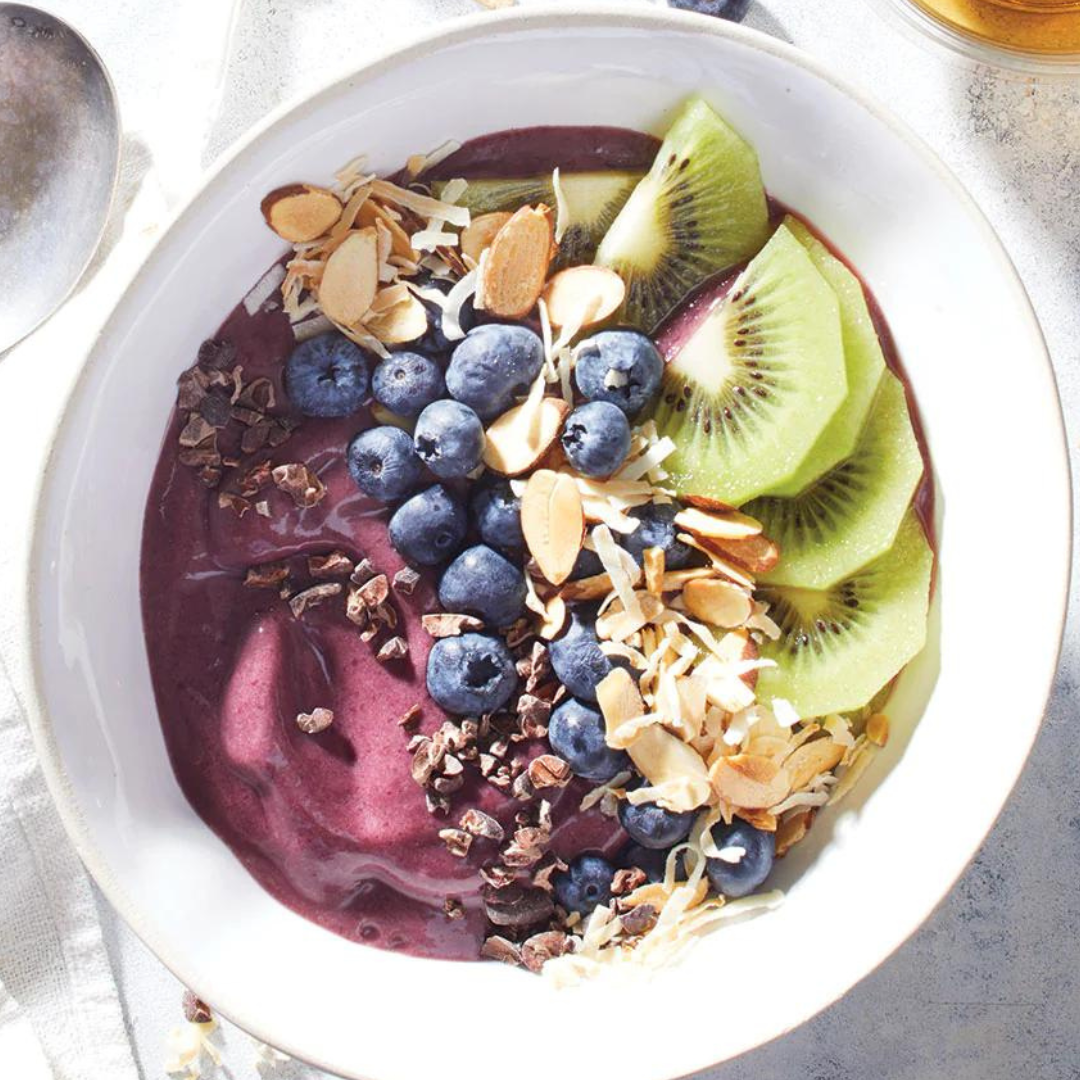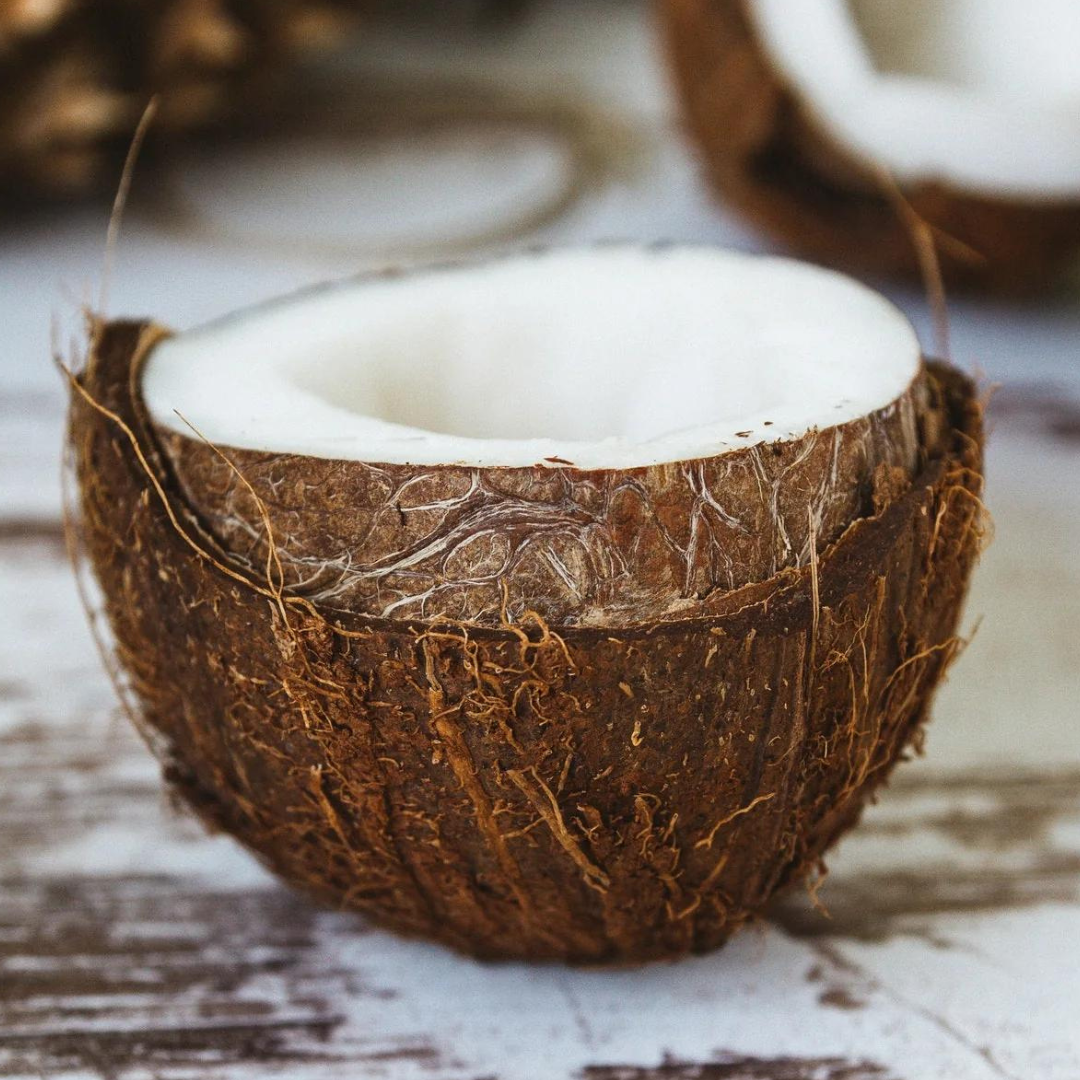Acacia fiber: you’ve probably heard of it before, but do you really know what it is? And whether it’s good for your body? We got you covered, here you will find out what Acacia Fiber is and why it is important for our body.
What is and where does it come from?
Acacia fiber (also known as gum arabic or Acacia Senegal), is a dried substance made from the sap of the Acacia tree, a common evergreen plant in Africa and Asia. The sap is a sugary liquid filled with water and nutrients that is carried throughout the tree.
Acacia fiber is a prebiotic, soluble, dietary fiber.
First of all, it is a fiber, namely a type of carbohydrate that the body can’t digest, passing undigested through the stomach, small intestine, and colon and out of the body. Dietary fibers are essential for our health.
We all know how a diet rich in fiber is important to preventing or treating constipation. But it was observed that a diet rich in fiber can also provide other health benefits as well, for instance, helping maintain a healthy weight, preventing diabetes, heart disease, and some types of cancer.
Children and adults need a minimum intake of 20 to 30 grams of fiber per day, for good health.
It is a soluble fiber, meaning that it can dissolve in water, making it very simple to consume with beverages or soups.
As a prebiotic fiber, Acacia stimulates the growth of beneficial bacteria in the colon. Having a beneficial microbiota composition is an essential requirement in order to have a healthy gut.
If you want to know more about this, read Gut Microbiota: what it is and why it’s important?
Benefits
The benefits of dietary fiber have long been appreciated. Nowadays, ongoing research is still investigating the health benefits of Acacia fiber.
1. MAY PLAY A ROLE IN PREVENTING CARDIOVASCULAR DISEASES
Research is showing how Acacia Fiber may improve heart health by improving important cardiovascular risk indicators.
This interesting study in 2021 unveiled amazing results on groups receiving a daily dose of Acacia fiber, showing significant decreases in systolic and diastolic blood pressure.
2. SUPPORTS GUT HEALTH
Prebiotics stimulate the growth of endogenous microbial population groups such as bifidobacteria and lactobacilli, the bacteria that maintain a healthy digestive tract (stomach and intestines).
3. MAY BE SIGNIFICANT IN PROTECTING AGAINST DIABETES
There is a connection between dietary fiber and the risk of developing type 2 diabetes. Food with fiber requires more time to be digested and this slows down glucose absorption. The result is decreased insulin levels and insulin resistance, responsible for high blood sugar and type 2 diabetes. This creates a more stable glucose curve and no glucose spikes.
4. MAY BE EASING IRRITABLE BOWEL SYNDROME SYMPTOMS (IBS)
Acacia Fiber seems to ease up the symptoms of IBS. A 2012 study found that consuming a portion of yoghurt enriched with acacia fiber and Bifidobacterium lactis eased IBS symptoms better than a regular yogurt.
5. HELPS SUPPRESS APPETITE
As a dietary fiber, Acacia takes longer to digest, prolonging satiety. Adding a daily dose to smoothies or soups can make us feel full longer. In this way, Acacia helps those who are struggling with obesity and weight loss.
6. MAY HELP LOWERING CHOLESTEROL
Regular consumption of gum acacia helps to reduce blood cholesterol. It also helps keep a healthy weight.
Where can I find Acacia Fiber?
You can easily find Acacia fiber in the supplement stores. It is sold in powdered form. It has a neutral taste, therefore it can be added to soups, smoothies, and dressings, and the taste won’t be altered.
Did you know that our Funky Fat Chocs contain Acacia Fiber? Our MCT Oil Powder has added Acacia Fiber.
How to consume Acacia Fiber
Is not always easy to include fiber in our daily nutrition. This is especially true for people following a keto or low-carb diet, which can risk a fiber deficiency. A diet poor in carbohydrates excludes almost all the foods rich in fiber, such as whole-grain products, fruits, and legumes.
Symptoms of a diet poor in fiber in the diet include fatigue, constipation, bloating, and blood sugar fluctuations.
Acacia is easy to include in the diet. It is available in powder form, convenient to be mixed with water, drinks, or smoothies. It can also be added to any homemade baked goods.
With its neutral taste it won’t even spoil the flavours, so it’s easy to add to your healthy recipes.
1 tablespoon serving of the powder has 6 grams of fiber, about 20-25% of the recommended daily fiber intake.
We think that the most delicious way to hit our daily fiber intake is having a few squares of Funky Fat Chocs! Our chocolates contain only clean ingredients, and yes, one of these is the Acacia Fiber!
Is Acacia Fiber suitable for the Keto Diet?
We know that fibers are carbohydrates, and in a low-carb and keto diet, we are trying to stay away from them. Luckily, fiber cannot be digested by the human body. Therefore, yes, Acacia has the green light in low-carb and keto diets. And not only.
If you are on a keto diet, including Acacia Fiber in your diet is a good idea, because it can help relieve a big issue of the low-carb diet: constipation.
Is Acacia Fiber dangerous?
While assuming acacia has a lot of benefits, you can notice some downsides.
With the first few intakes, people may experience bloating, discomfort in bowel movements, constipation, nausea.
Usually, these symptoms disappear after the first few uses.
But no worries, our Funky Fat Chocs are safe to consume.
A diet rich in fiber is important for our overall health. Acacia fiber is a prebiotic fiber that may support our cardiovascular and gut health and support our weight-loss goals.
Other blogs you might enjoy:
- How to use Keto for Productivity and Mental Clarity
- Best supplements to take in 2022 for optimal health





Leave a comment
All comments are moderated before being published.
This site is protected by hCaptcha and the hCaptcha Privacy Policy and Terms of Service apply.